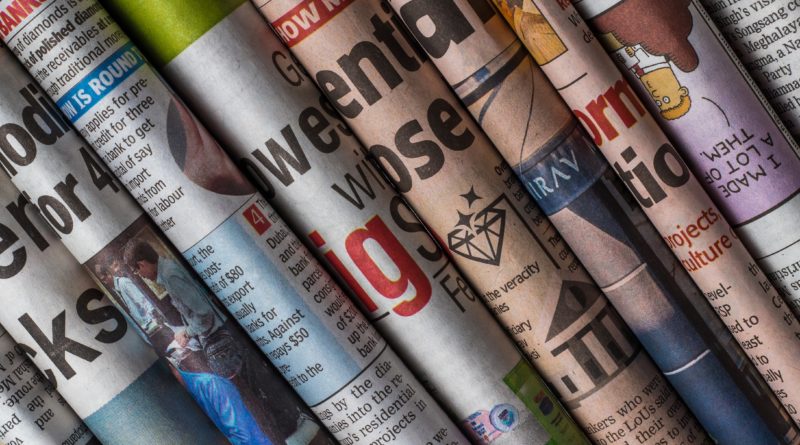What makes a good communication, dissemination and exploitation plan of a research project? Part 1 – Communication
A good communication, dissemination and exploitation (CDE) plan makes the difference between an excellent proposal and a winning proposal. The quality of the proposals submitted in Horizon 2020 calls is very high keeping the success rate low (an average of 11%) or extremely low especially in social sciences.
If you have doubts about the difference between communication and dissemination, go read our article explaining the difference between both concepts. It is important to be aware of it as it defines audience and message.
In order to draft a winning CDE plan, various steps need to be taken into account and this starts at the very beginning of the project development.
Starting with the communication part while drafting the project, it is important to think what activities and what materials will best suit the project. It is crucial if you are the coordinator to lead this part even though you can rely on one or two key partners to help you execute the tasks. As a coordinator, you are the most informed organization in the consortium and information is the key for a successful communication. Take into account that you will be the spokesperson of the project and the main contact point for journalists.
The communication part should include a basic communication toolbox that will support researchers in their daily work, foster the identification with the project and create an external brand awareness. This toolbox comprises the following items:
- Logo: it should not only be visually appealing but also have a strong meaning behind it. Explain why you choose this font, this color, this icon, this shape, this visual effect, etc. The logo should reflect what the project is about but also the story and the meaning that goes with it. It is important to explain this to the consortium.
- Templates: Based on this logo and respecting the visual identity defined with it, the main communication tool will be document templates such as presentations, deliverables and posters. Although this might sound surprising, researchers and project managers will spend a lot of time on these documents and many people will read or see them. Hence, put efforts into these templates!
- Website: As a main information portal in the digital age, a website is essential. It is a marketing manager working 24/7 at minimum cost. Maintain it one or two years after the project ends. Get a domain that includes the acronym of the project with a top level domain .eu if it is funded by European funds. It should be responsive, optimized for search engines, be visually attractive including various images or videos. Basic sections include extensive project description, consortium presentation, news and contact section. The website should be updated regularly and publish as many news items as possible related to the project activities (once a month). Make sure you do not publish any confidential information!
- Leaflet: A handy and old-school material that still has utility is the leaflet. 4-8 pages are usually enough to present what the project is about. Make sure to put attractive headlines, limit the amount of text and use visually appealing pictures or infographics. Icons are also very helpful. Usually, the leaflet can be updated every year.
- Infographics: They are extremely useful in order to represent a in a simple and beautiful way the project as a whole or a specific process/activity. They can then be used in the website, leaflet, presentations and more. This is key item between a standard communication and an outstanding one!
- Roll-up: When going to fairs, conferences or other promotion events, a roll up is very useful. Put the project logo, a brief sentence about the activity and objectives, an infographic, contact details, logos, and funding sources. The objective is to understand in 5 seconds what the project is about.
- Video: A video is also a very good way to present the project. Here there are two possibilities: make it at the beginning to raise awareness around the project presenting the objectives, or at the end to present the project results and achievements. Animation or filmed, both options are good, depending on the topic. But keep it short and condensed! Punchy!
- Press release and conference: For the kickoff or when you have a big result (usually at the end of the project) a press release sent directly to journalists (especially local ones) is a very good way to get media coverage. If the content is exceptional, a press conference can be organized. You can ask for support to your local representation of the European Commission. They are experts in this field as the staff is working in DG COMM!
- Social media: A must in the 21st century, social media are a powerful amplification channel. You can reach news audiences, interact and convey simple and informal messages. However, limiting activity to Twitter and LinkedIn might be sufficient in order to avoid the risk of leaving accounts empty. These two networks are the most important for the professional environment. A project Twitter account is a must although on LinkedIn, sharing news items published on the project website through the account of researchers has more impact than creating a dedicated company page or group.
- Be aware: For Horizon 2020 projects, all communication items shall have the EU emblem, sources of funds and disclaimer. More information about the legal obligations here.
Include these items in your proposals in a clear and synthetic way while adapting it as much as possible to your project and adding any further item. This is only the minimum! Of course, the support of a good graphic designer is essential!
In two other articles, we will explain the dissemination and exploitation parts. Stay tuned!
By Maxence Viallon

